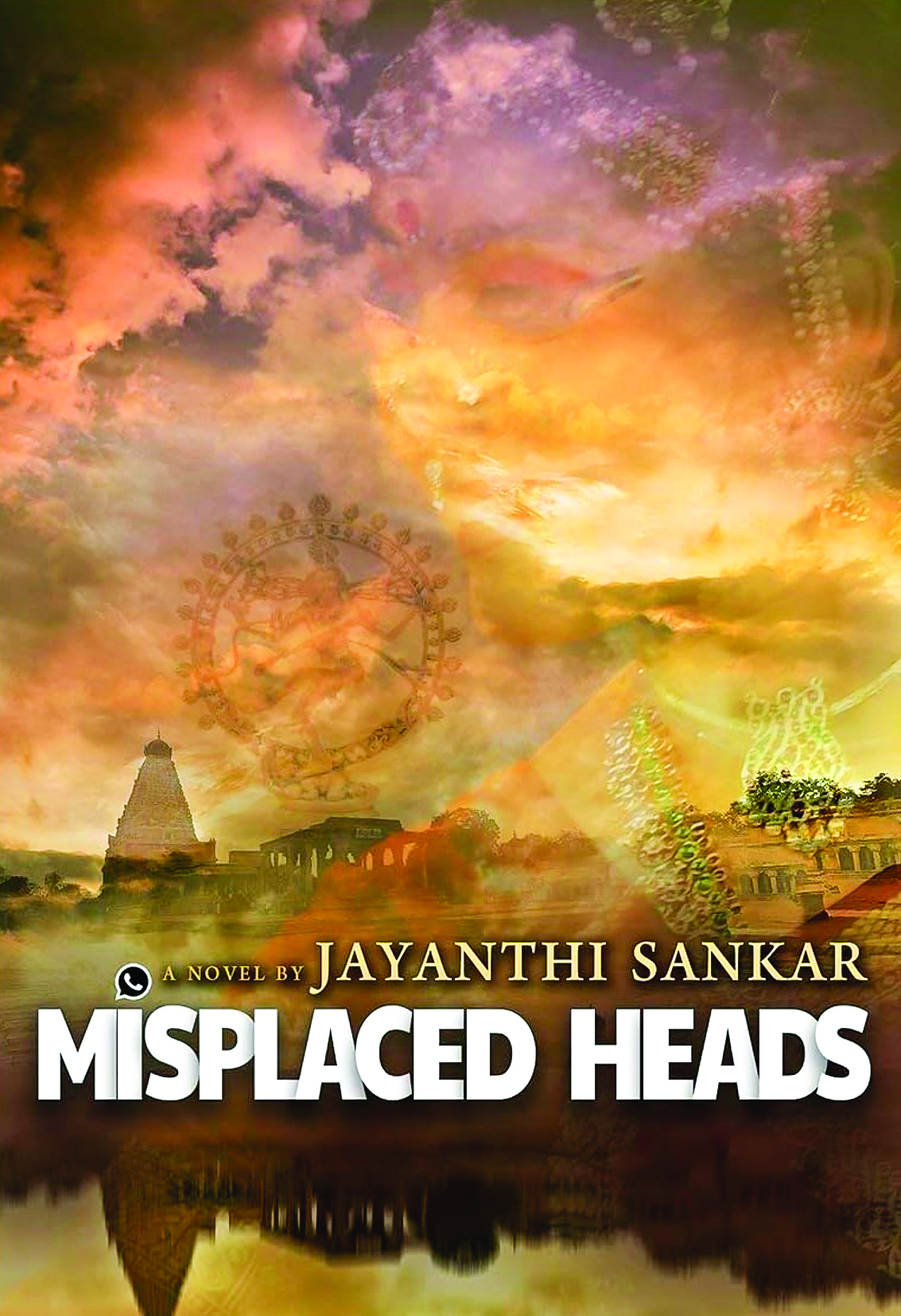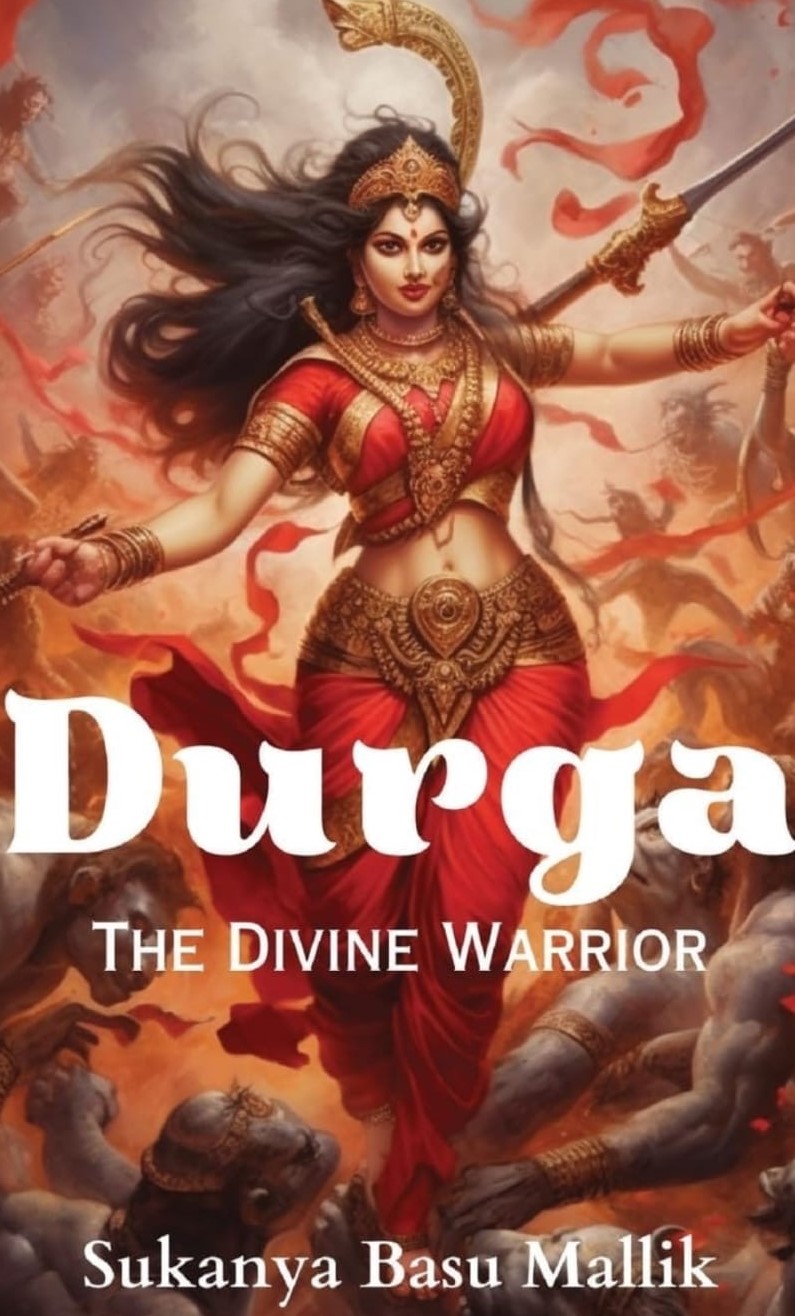The novel “Misplaced Heads” by Author Jayanthi Sankar can be pertinently classified as a Historical Fiction which has been exquisitely enriched with intense human emotions and conspicuous feministic streaks. Indubitably when it comes to the aesthetic idea of Literature of antiquity, fine arts, classical and folk music and dances, India stands majestically apart.
The novel throws a flood of light on the tradition of Devadasis (servants to god) which is widely misunderstood by many a mortal. The narrative revolves around Poorna who is fully dedicated to the art form of Indian Classical dance. She exudes enormous amount of passion and invokes the goddess of classical dance with utmost devotion. She is quite keen to delve deep into the profundity of this pious version of dance for which she makes sincerest efforts.
The story begins with a couple, Vanaja and Umesh, who are boundlessly euphoric as they are going to have their first baby after a decade of marriage. Vanaja has a long lineage of classical dance. The tradition percolates down to her over decades of dancing. Due to its year’s long association with this version of art, her family has become synonymous with classical dance. Umesh, on the other hand, represents the form of Odia dance. Though the novel is partially dedicated to various forms of art, the novelist does not forget her bounder duty to reflect over life. For her art is not only for the sake of art rather art is for the sake of life. The author here seems to stand with the school of art for the sake of life as she does not hesitate to display her strong feministic leanings and thus sardonically takes pot-shots on this male chauvinistic society in which women like Poorna are subjected to tyranny at the hands their male counterparts.
Contemplating over the predicament of women in society the author unflinchingly reveals the plight of Devadasis during the Medieval era. The effects of colonialism on the Indian culture, the universal pains and sensitivities of an artist; and that of independent “single” women, in general, living in a patriarchal society make the warp and woof of this magnum opus While shifting our focus to the concept of plot construction, it would be pertinent to remark that author seems less inclined to Ben Jonson’s format of plot structure rather she abides by the idea of Shakespearean style of plot building. Like Ben Jonson and Williams Shakespeare her narrative carries a main plot that hinges on the chief character Poorna and lays bare the trail’s and tribulations she encounters along with a few sub plots. But differing with Jonsian style of plot formation and toeing the line of the Bard of Avon, her main plot is well woven with the sub plots. Quite similar to the fashion of Shakespeare, the subplots are crafted with the view to strengthening the main plot. Main plot is a contemporary story of Poorna but there are multiple sub plots from ancient times of people over the years. Sub plots keep running parallel to main plot and consist of a lot of art chiefly dance, lifestyle, livelihood, tradition and customs of the ancient India. The transition is superbly and sublimely penned down which appears to be quite authentic and agreeable.
Here author’s reading of literary classics must be adulated. The book can be aptly dubbed as a women centric fiction which has a vast coterie of characters pulsating with life. The novelist has a thorough understanding of the theory of flat and around round characters propounded by EM Foster. Lending them the elements of probability and plausibility, most of the charters can be made to stand in the block of Round Characters. The novel is also remarkably gorgeous if it is viewed from the prism of Linguistic competence.























